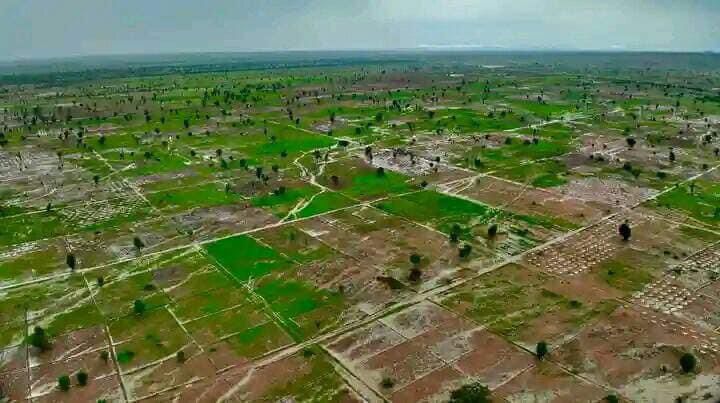When the Adamawa ACReSAL project first introduced regenerative agriculture on a 256-hectare plot of degraded land, the challenges seemed insurmountable. Farmers faced severe water shortages and depleted soil health, as the landscape bore the scars of a harsh climate. The once-fertile fields had turned barren, leaving little hope for sustainable farming.
However, the scene today is vastly different. The introduction of regenerative techniques such as Halfmoon micro-watersheds, zais, and mulching has led to a remarkable transformation. Where dry, cracked land once dominated, vibrant green fields now flourish, with crops resilient even in times of drought.
Through these innovative practices, the soil has regained its fertility, and farmers are now witnessing the fruits of their hard work. The improved soil health has boosted crop yields, and the newfound resilience has empowered farmers to face the challenges of climate change with renewed optimism.
The projected started on dry lands with scarce water, now it has healthy crops, thriving farms and empowered farmer
This success story from Adamawa Acresal exemplifies the power of regenerative agriculture in building resilience, improving livelihoods, and securing a sustainable future for farming in Adamawa State.

 Join Daily Trust WhatsApp Community For Quick Access To News and Happenings Around You.
Join Daily Trust WhatsApp Community For Quick Access To News and Happenings Around You.


